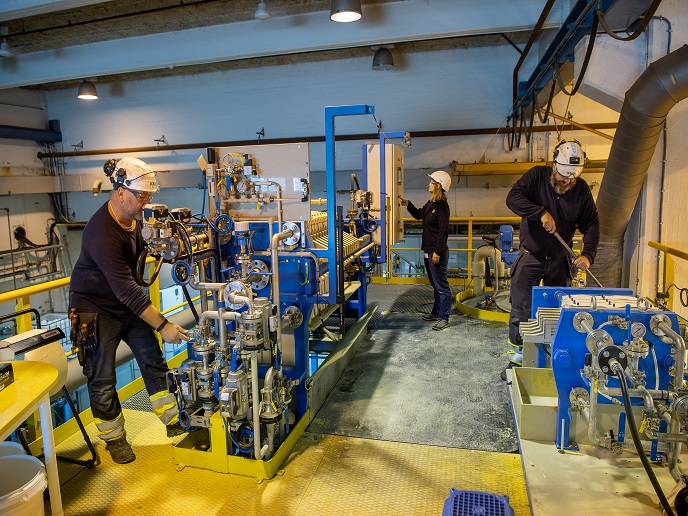Building a European value chain for rare earth elements
Rare earth elements (REEs) are crucial for producing the goods and applications we use every day, including vital green technologies such as computers, TVs, electric vehicles and wind turbines. There is, however, growing concern over reliable and unrestricted access to certain raw materials, particularly in Europe. This is because Europe does not have primary REE sources, and as a result is dependent on imports from mining countries such as Australia, China, Myanmar/Burma and the United States. The EU-funded SecREEts project seeks to transform the way Europe acquires these elements. “We aim to establish a stable and secure supply of critical REEs based on a sustainable extraction from phosphate rocks used in European production of fertilisers,” outlines Arne Petter Ratvik, project coordinator and senior research scientist with SINTEF, one of Europe’s largest independent research organisations.
Game-changing value chain
To achieve this, the project is working towards the creation of an integrated value chain to produce REEs in Europe, based on process demonstrations in three pilots. “Focus will be on the metals praseodymium (Pr), neodymium (Nd) and dysprosium (Dy) used in permanent magnets, as these are extremely critical for the European economy,” notes Ratvik. The project primarily involves Yara International ASA, a company that aims at extracting a concentrate of REEs from its fertiliser production. Yara’s production uses approximately 650 000 tonnes of phosphate annually. This contains approximately 0.3 % to 1 % rare earths, which are not currently being extracted. “A company working on REE separation technology, REEtec, separates out rare earths that are input to magnet metal maker Less Common Metals (LCM), while returning the non-rare earth products to Yara's fertiliser production line,” adds Ratvik. Magnet alloys produced at LCM are validated by magnet producer Vacuumschmelze. The produced magnets will be supplied to application areas such as automotive (electric vehicles), industrial motors (advanced manufacturing), and potentially, clean energies (wind turbines).
Great potential
“Good progress has been made in all pilot stages,” reports Ratvik. Further verification and optimisation activities will continue. It is expected that a successful industrial implementation of the pilots can lead to a supply of at least 600 tonnes annually of neodymium-praseodymium (NdPr) REEs to European industries, with EUR 85 million in estimated value based on current prices. Ratvik concludes: “Establishing a new value chain in Europe based on already mined ore for fertiliser production represents by far the lowest environmental footprint of rare earth extraction globally.” This is due to the fact that new mining waste is not being created. The value chain is also expected to further strengthen Europe as a resource-efficient and environmentally conscious area, and help create and secure existing jobs, reduce import risks and support the growing green technology industry.
Keywords
SecREEts, Europe, rare earth elements, REEs, value chain, praseodymium, Pr, neodymium, Nd, dysprosium, Dy, phosphate fertiliser, raw material, NdPr







